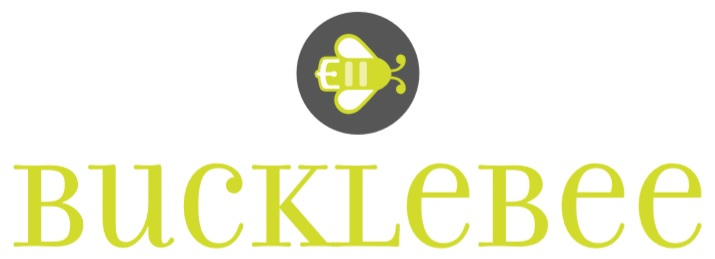Great tools you probably already have, or that cost $1 or less
High-performance sewing tools don’t need to be expensive. Let’s face it—every $1 we save on tools is $1 we can spend on fabric! Here’s a list of items you can repurpose or pick up at the dollar store that will serve you well.
1. Use an empty tissue box at your sewing station for trimmings and tiny scraps. The plastic over the dispenser hole holds the tiny bits in. When it’s full, empty it and reuse, or recycle. This is a great idea for class or retreat.
2. A scrap of webbing makes a perfect hump jumper. You can fold it to acquire the height you need, and it won’t break your needle if it slips, the way plastic jumpers can.
3. A pill box with little compartments is excellent for storing bobbins—you only have to open the compartment you need and your other bobbins stay wound and dust-free.
4. Get in the habit of taking photos of your works in progress. Of course they’re fun to share with your fellow makers, but they can come in handy if you have to match a color, visualize a quilting pattern or choose border or backing fabric when you’re surprised with a good deal at an unusual time. That thrift-store yardage might just be perfect for your project.
5. Canned goods make excellent pattern weights—I favor tuna and tomato paste! Or, consider making quick bags out of scraps in various shapes—long and skinny, square, banana-shaped—and filling them with beans or rice.
There are great notions to be had at your local dollar store. Just think outside the box. Besides storage baskets and boxes, look for:
1. Flexible translucent chopping mats. These make the best templates, and they often come 2 to a package. They’re easy to cut with scissors, and you can write on them with a permanent marker.
2. Stick-on labels and dots, that can help keep your scrap bins organized on the cheap.
3. Look for mechanical pencils with various-colored leads. They’re great for marking and making notations on patterns.
4. Clipboards are great for storing templates and instructions for works in progress. You can even affix an envelope or for paper pieces to the board with hot glue. (Covered with fabric and a couple of coats of ModPodge, they make a lovely gift, too.)
5. Ring-style adhesive cell-phone stand. Pop one of these on to your machine to keep your trimmers or thread clips at hand as you sew.
6. Binder clips and wire-covered clips step in when you’re running short of fabric clips or need a stronger “bite.”
7. Stacks of EPP papers are easy to organize in an accordion coupon file, and translucent ones are often available. Use stick on dots or labels to note sizes on each compartment.
At Bucklebee Toolbox, we believe in the right tool for the job, and we’ve got a toolbox full of better tools for better sewing. But sometimes, the right tool is made by thinking about what you have on hand in a different way. Do you have a great tip about repurposed tools? Let us know!
Sew Out Loud! --Joan

